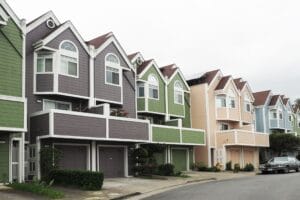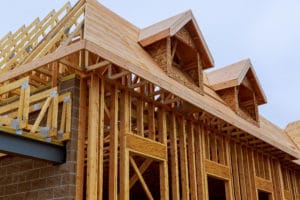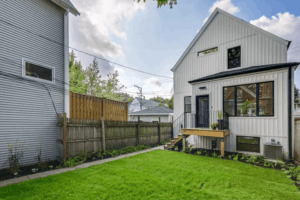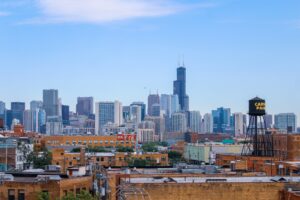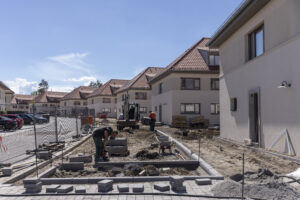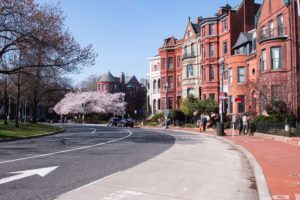The Orange County Register: Housing delayed is housing denied
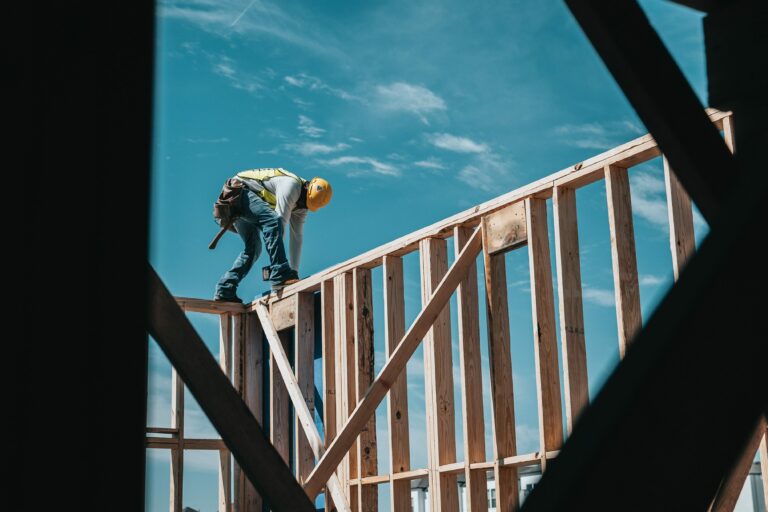
This summer the Biden administration released a report that came to the same conclusion every administration since President Reagan’s has reached: restrictive land-use regulation is one of the primary causes of the housing crisis.
Across the country, too few homes are being built, and those that are built are often too expensive for the average person to afford.
Nowhere is that more apparent than in California. That’s why the state legislature has made it easier to build certain kinds of housing in recent years.
Enter the “accessory dwelling unit,” or ADU, which is a rather clunky term for a small secondary home located on a residential lot, like a garage apartment, basement unit, or backyard cottage.
Although housing units like these only offer a viable housing opportunity for a small segment of the population — such as young adults and parents aging in place — providing housing for those segments of the population is critical and will take pressure off the ever-dwindling supply of entry level apartments and homes. That’s why the legislature called them “an essential component of California’s housing supply.”
When the legislature began crafting laws to make it easier to build an ADU, the biggest obstacle to constructing one was not a lack of buildable land. It was the long history of restrictive local zoning and land-use regulation that made the development of ADUs costly and uncertain—if not outright prohibited. Between 2016 and 2019, the state legislature passed a series of reforms declaring that most homeowners have a right to build an ADU on their property and streamlined and simplified the process for securing a permit from local authorities. Critical to these reforms was a requirement that cities and counties adopt a simple check-the-box process to see permits approved in no more than 60 days.
Where the state’s new ADU law has been followed, there has been an explosion of new homes being built. Los Angeles, for example, has approved thousands of new ADUs since California liberalized the law, with permits secured in an average of four to six weeks — and sometimes as little as one day, if the applicant selects from the city’s menu of preapproved plans.
But that’s not the case everywhere. Pacific Legal Foundation recently issued a report finding that several California cities and counties continue to drag their feet implementing state housing reforms. While Los Angeles County permitted 11,000 new ADUs in a single year, Orange County permitted only 169 between 2015 and 2020. This is unacceptable for a community that is running a six-figure deficit in the number of homes needed to meet the next decade’s demand.
Meanwhile in Riverside County, permit desk delays continue to stymie new housing. There, it took the average homeowner nearly a half year to get an ADU permit — a grindingly slow period that is not significantly different than was typical before California’s housing reforms. These low numbers and lengthy delays are largely due to the fact that local permitting offices haven’t updated their practices to keep up with the law.
Los Angeles’ success is due to the fact that it’s following the new state law, which makes the construction or conversion of ADUs certain, speedy, and inexpensive — conditions that are necessary to encourage private homeowners to invest their hard-earned dollars in new housing. It’s a simple solution to the housing crisis: by empowering owners to build more housing, more homes will be built, and more pressure will be taken off the housing market. Up and down the state — and across the country — more cities should follow suit. Cutting red tape and giving property owners the freedom to create more housing will be a benefit for everyone.
This is precisely why Pacific Legal Foundation, a national nonprofit law firm known for its work on property rights, has turned its focus toward reducing the regulatory barriers to the production of new homes. It is past time to demand, whether by local action or lawsuit, that cities and counties embrace California’s liberalized housing laws, because each day they are allowed drag their feet, homes are not being built.
This op-ed was originally published by The Orange County Register on September 17, 2021.




